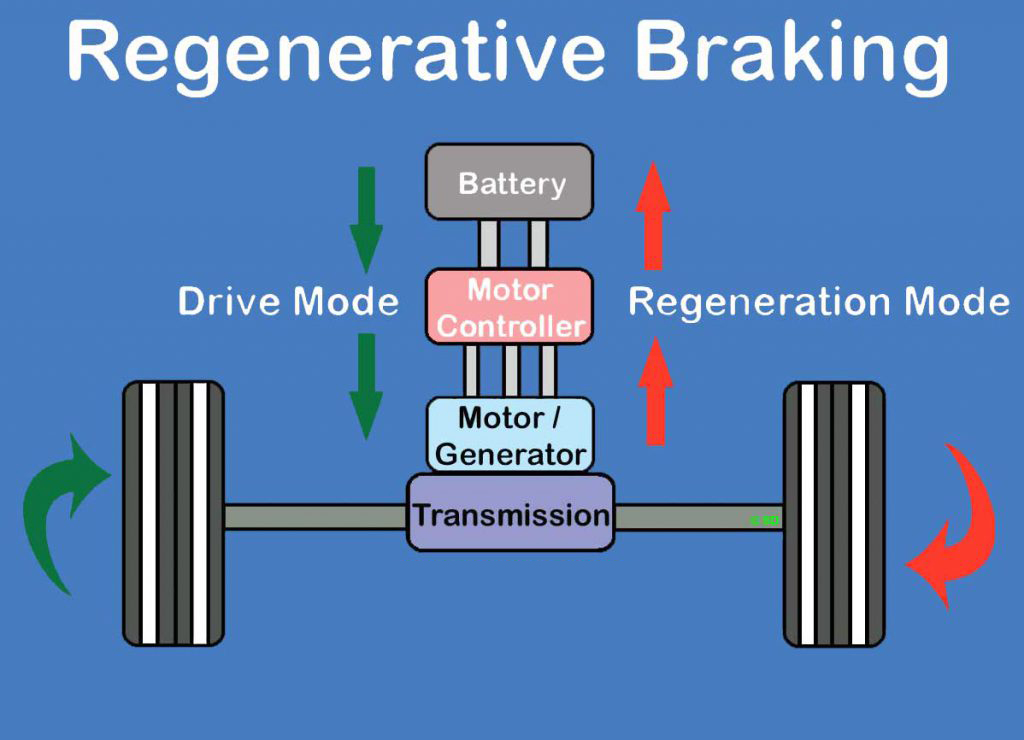- ALL COMPUTER, ELECTRONICS AND MECHANICAL COURSES AVAILABLE…. PROJECT GUIDANCE SINCE 2004. FOR FURTHER DETAILS CALL 9443117328


Projects > MECHANICAL/AUTOMOBILE > 2017 > FABRICATION > AUTOMOBILE
A regenerative brake is an energy recovery mechanism which slows a vehicle or object by converting its kinetic energy into a form which can be either used immediately or stored until needed. In conventional braking systems, where the excess kinetic energy is converted to unwanted and wasted heat by friction in the brakes. In this Regenerative braking system, energy is recovered by using electric motors as generators but is immediately dissipated as heat in resistors. In addition to improving the overall efficiency of the vehicle, regeneration can greatly extend the life of the braking system as its parts do not wear as quickly. It consists of DC Generators, battery, Heavy loads, wheels etc. The wheels are connected with four individual DC generators. When the vehicle is in running condition, the four generators generate electricity and stored in a rechargeable battery. When brake is applied, a heavy load is connected with the generators. When heavy load is applied to the generators, they will be stopped immediately due to the over load. This damping of the generator is used as braking system. The wheels will not move further. Thus the generators are acted as alternators as well as better braking system.
Block Diagram

Line Diagram